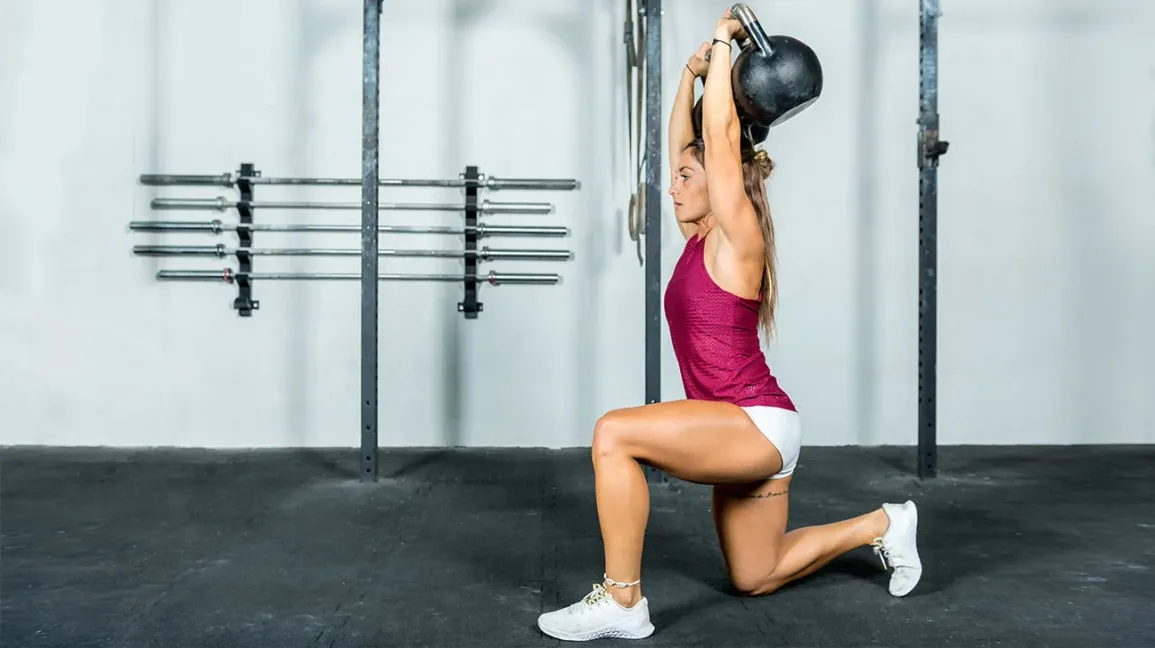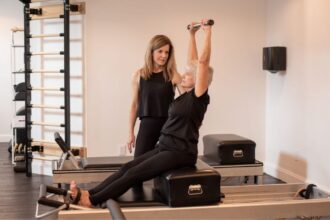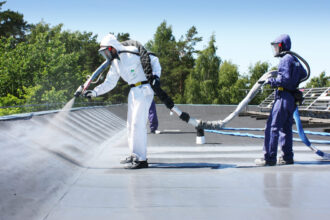Exercise and testosterone are intrinsically linked in men and women alike. Exercising is something that everyone should dedicate their time to, with physical activity having an inextricable link to hormone responses. With testosterone being the primary male sex hormone, it only makes sense that you should keep your workout regime in mind when considering how to increase testosterone.
This blog will better explain how exercise and testosterone increase are related to each other, while also sharing insights into the right workouts you can do to boost your natural hormone release.
Does exercise increase testosterone?
So does exercise produce testosterone overall? The first step in understanding this is determining what you’re actually looking for from the different forms of exercise.
Short-term
For example, most exercise will create a short-term boost of testosterone, generally lasting between 15 minutes to an hour. The release is real, but T levels will generally return to their standard levels after the exercise is complete.
Long-term testosterone optimisation
So we know your levels will spike, but can exercising increase testosterone levels on a chronic level? It’s not necessarily going to create a consistent, maintained spike over months. On the other hand, good exercise regimes are more likely to maintain a healthier, more regulated testosterone release over time. This is useful for helping to stave off the negative effects of ageing, along with the side effects of lifestyle-related low T.
All exercise is good exercise, however, it’s important to remember that not all workouts are created equal in the world of testosterone encouragement.
The best exercises to boost testosterone
If you’re looking to increase your testosterone in the long term consistently, you might need to consider altering your training routine. Some exercises will have more of a positive, comprehensive impact than others.
Resistance training and testosterone are best friends
Strength training is essentially considered the gold standard when it comes to increasing your T levels with exercise. It puts the most stress on your muscles, creating a reaction in which the body produces more testosterone to help with growth and repair. It can be done with bodyweight exercises, resistance bands or, best of all, using weights.
If truly trying to maximise your testosterone with resistance exercises, it’s best to prioritise compound movements that target larger/multiple muscle groups at once, such as:
- Squats
- Deadlifts
- Push-ups
- Bench press
- Lunges
- Pull-ups
- Shoulder press
- Bent-over row
Along with increasing testosterone, these exercises are also great for saving time in the gym and getting a well-proportioned physique by working multiple muscle groups at once. It’s also worth remembering that many consider lower-body exercises to be more effective in terms of promoting testosterone production, as the muscles and groups are generally larger.
HIIT training has its place for testosterone
High-intensity interval training – short intense bursts of exercise followed by short recovery periods – can lead to powerful surges in T. If utilised consistently, it can lead to short-term spike and long-term regulation effectively. Consider movements like using the battle ropes, star jumps, fartleks running/walking training and spin cycles on exercise bikes.
General cardio shouldn’t be ignored
With all this talk of muscles and intensity, it’s worth remembering the value of cardio training. Sure, a light jog isn’t going to amp up your levels like squatting or doing burpees might but it will reduce body fat and increase metabolic health. These aren’t direct T influencers, but play a massive role in the general regulation of the hormone in the body.
Train wisely
Remember, understanding the relationship between exercise and testosterone also means knowing when to rest. Too much training will produce excessive cortisol, which will get in the way of your body’s natural hormone responses. Keep a proper schedule in mind and listen to your body for the best possible results.

















